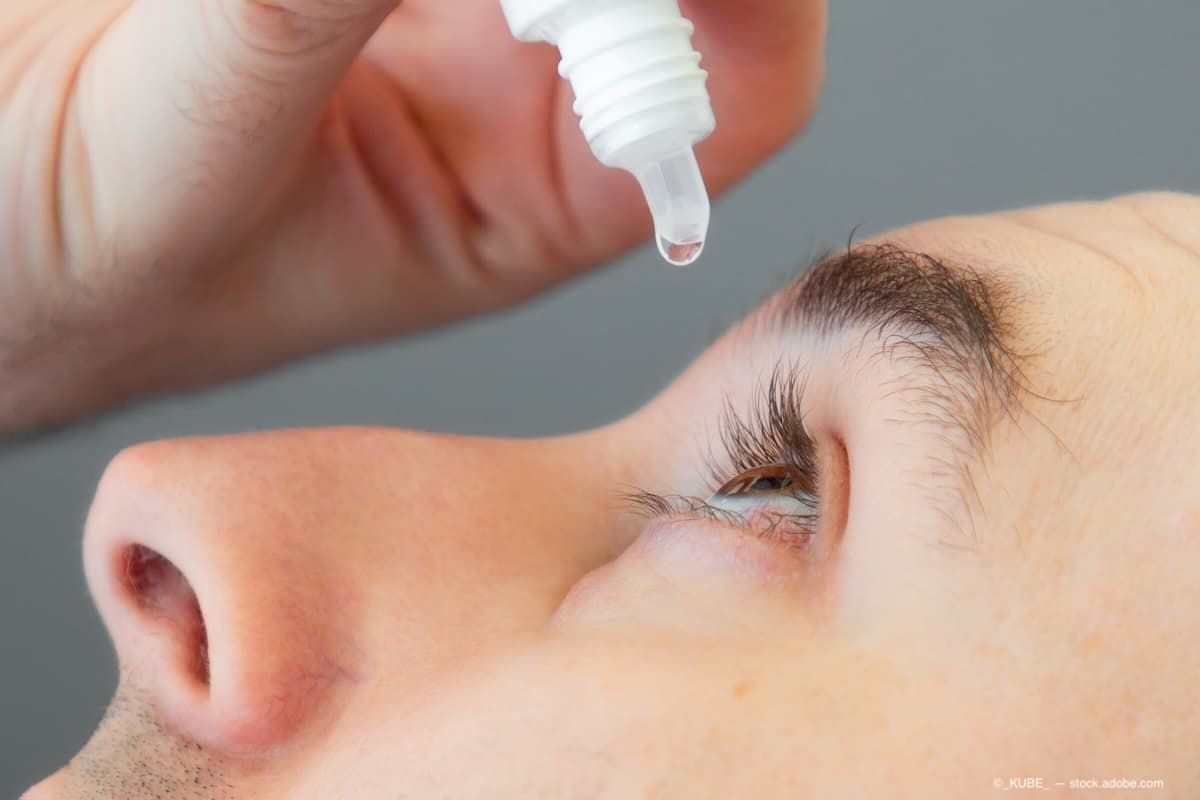Video
Educating Patients About Dry Eye Disease
Author(s):
Resources and strategies that can be used to help educate patients about dry eye disease and optimize adherence to therapy.
Cynthia Matossian, MD, FACS: I want to segue from what you said about patient education, because you’re right, the black and white pictures of the meibomian glands that we get on the LipiViews and LipiScans very clearly demonstrate to our patients if is there is dropout or not. It helps get the story across to them. Kelly, how do you educate your patients, especially those who come to see you who are asymptomatic and you’re making the diagnosis of dry eye? What resources do you use?
Kelly K. Nichols, OD, MPH, PhD, FAAO: I’m glad you brought that up because we’ve just finished a relatively large study where we were looking at the difference between symptomatic MGD [meibomian gland dysfunction] and asymptomatic MGD, and it is really prevalent, at least in the group we have. If you’re just relying on symptoms alone first, you’re going to probably miss quite a few of those patients. Having said that, sometimes I think it’s how you ask the question, and when we do research studies, we’ll give them the survey or something, but when they’re in the chair you can actually be having a conversation with them and maybe find out those visual symptoms they haven’t brought up as their chief complaint for the examination, for example. In our clinic, of course, it’s with students, and the students are the ones who are interfacing with the patients and learning how to have those conversations and learning how to educate the patients about the importance of the treatments and coming back for routine care; well, following up for dry eye care. So of course in your offices it would be staff members who do a lot of that work.
Cynthia Matossian, MD, FACS: Milt, once you’ve made the diagnosis, and now you’re trying to educate the patient about treatment options, how do you start that conversation? Because often treatments are multipronged. We’re asking them to do stuff in the office, stuff at home, maybe purchase a pharmaceutical product. How do you have that conversation without scaring the patient?
Milton M. Hom, OD, FAAO: Well, I had to do a lecture with Doug Devries, OD, from Reno, Nevada, and he always says, “Everybody needs a Louie.” I go, “Who’s Louie?” “Well, Louie is the designated staff member in the practice who specializes in or does case management for dry eye.” As you said before, a lot of the device-oriented treatments, they require a lot of preprocedure and postprocedure work, and follow-up, and so on. If you have a designated member in your practice who specializes in that area, it is so helpful to educate the patient. Another thing, I don’t know if you guys have this problem, but a lot of times, I don’t really remember what I did in the past for the patient. A lot of times what happens is a patient will come in multiple times, and then I would say, “Oh, well, let’s try this treatment,” and then they’ll look at me and say, “Well, you already did that before. What’s going on? It didn’t work.” So what we do now is that we have a medication grid in our charts, and I have the dates down and what I did, just a very brief thing, 1 sheet that I can look at, so I can look up the treatments I’ve done in the past so I don’t embarrass myself and repeat the treatments I’ve already done that didn’t work.
Cynthia Matossian, MD, FACS: Right. That’s really important, because sometimes you recommend a specific immunomodulator, and maybe they had a negative reaction to it, so you want to make sure you don’t rerecommend that particular product.
Transcript edited for clarity.
Newsletter
Don’t miss out—get Ophthalmology Times updates on the latest clinical advancements and expert interviews, straight to your inbox.




